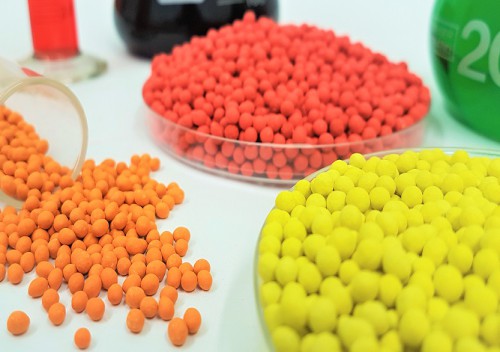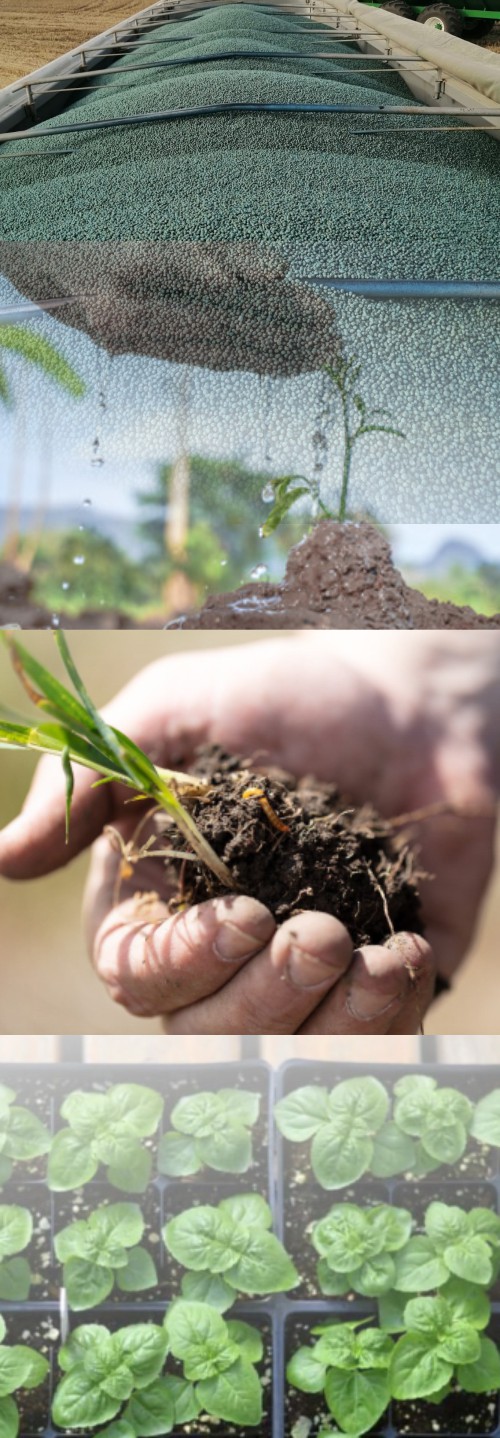2) The seed treatment formulations contain additives that are unique to
the seed type and/or end
use. These additives combine to provide a better environment for seedling
establishment and
early growth. Most products contain a systemic insecticide, with at least
one contact fungicide,
along with other beneficial additives including micronutrients.
3) Seed treatment can also encourage healthy crops by improving their
immunity and promoting
uniform germination. Seed treatment enhances the resistance of the seeds,
making them
stronger against pest attacks and stresses in their environment. Chemical or
biological seed
treatments can provide critical protection since the germination stage,
protecting the
emergence out of the soil and during the first stage of the crop cycle by
preventing seeds
against soil-borne pathogens, seed-borne insects, diseases, and pests.
DIFFERENT TYPES OF SEED TREATMENTS?
There are many types of seed treatments available today. Depending on the need of the
specific crops,
farmers can pick a single or a combination of multiple seed treatments with
chemicals or biological
agents. Here are the different types of seed treatment -
SEEDPOLY® seed coating polymers ranges has its own particular
usage, properties, rate, and final
appearance. Key advantages of our products are:
The main purpose of all seed polymer coating is to produce a seed of the best
quality. Seed
coating is a method of improving the quality, plantability and ease of handling of
seeds,
ultimately leading to more efficient farming and improved yields.
POLYMER
Binds active ingredients and other additives to the seed to ensure precise coverage
and minimize dust
emissions, which in turn protects applicators, end users and the environment.
COLOURANT
Identifies that seed has been treated, while also helping to deter birds from
consuming surface applied
seed, with green and blue colorants proven to be the most effective.
FUNGICIDES
Seeds are especially vulnerable to fungi in the early stages of growth and some fungi
can be hard to
combat on their own. Fungicide seed treatment can provide them protection and
prevent fungal
diseases.
INSECTICIDES
Pests are another concern that farmers have to factor in while looking at the early
stages of growth.
Many insects target seeds and can damage them before they even germinate.
Insecticide seed
treatments can provide protection against such pests with the added benefit of
having a lower
concentration of chemicals than the pesticides applied to fully-grown crops.
MICRONUTRIENT
Applying molybdenum to seed is a cost-effective way of ensuring seedlings have a
start-up supply of this
important micronutrient, which is required for plant growth and root nodulation in
legumes.
MICROBIAL INOCULANTS
Microbial inoculants are seed treatment products that can stimulate plant growth,
promote soil
biodiversity, and even address specific issues such as nitrogen fixation in legumes.
With this beneficial
microorganisms are delivered directly to the area where the plant interacts with the
soil, which
encourages growth.
PLANT GROWTH REGULATORS
With plant growth regulators, seeds have additional assistance for germination and an
enhanced
tolerance for stresses during the critical early stages of growth. This seed
treatment for germination is
also helpful when seeds have to germinate in tough conditions.
FERTILIZERS
Fertilizer seed treatments are another type of seed treatment that helps with plant
growth. Seed
treatments with biofertilizers can enhance fertilizer performance or supply
micronutrients to the soil to
enrich the growth environment for the seeds.



